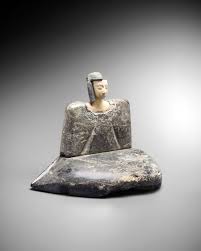
Seshat: Global History Databank compiles information on the social and political organization of human societies, and how civilizations have evolved over time.
How to get URL link on X (Twitter) App


 In a new study, a multidisciplinary team analysed 66 individuals from the Carpathian Basin, covering the entire Avar period as well as the preceding era. The study included the eight richest Avar graves ever discovered, overflowing with golden objects.
In a new study, a multidisciplinary team analysed 66 individuals from the Carpathian Basin, covering the entire Avar period as well as the preceding era. The study included the eight richest Avar graves ever discovered, overflowing with golden objects.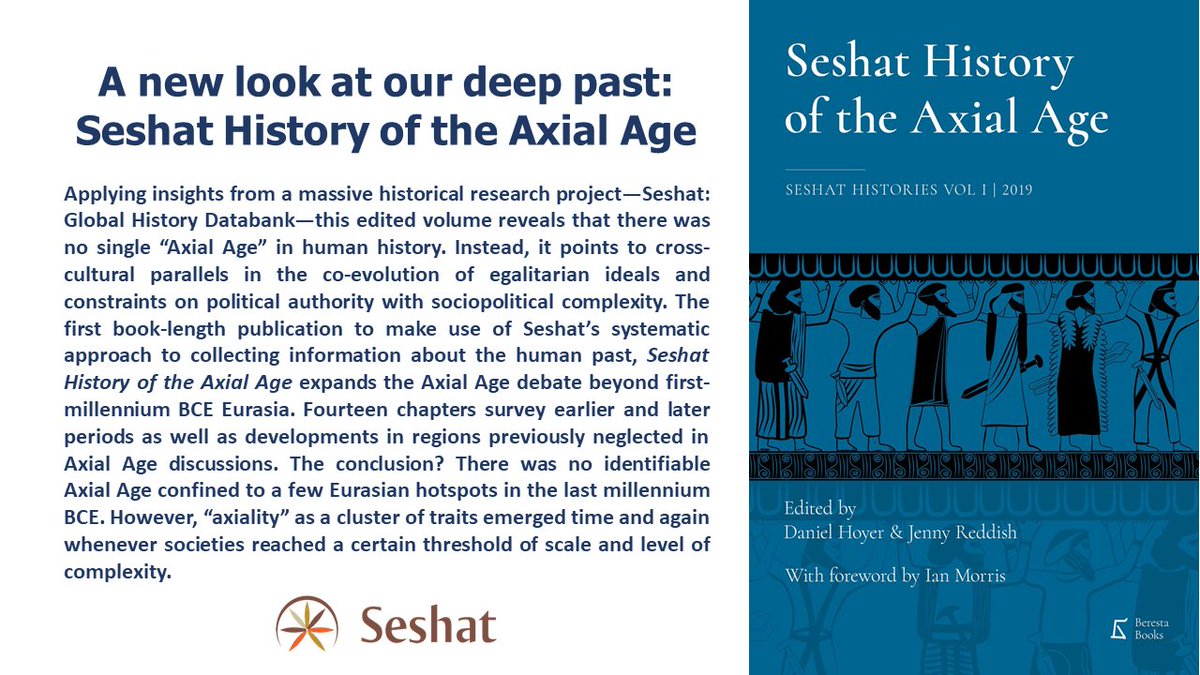
 Co-editors Daniel Hoyer and Jenny Reddish paired some of the world’s leading historians, archaeologists, and anthropologists with members of the #Seshat team. The chapters survey developments in regions previously neglected in Axial Age discussions.
Co-editors Daniel Hoyer and Jenny Reddish paired some of the world’s leading historians, archaeologists, and anthropologists with members of the #Seshat team. The chapters survey developments in regions previously neglected in Axial Age discussions. 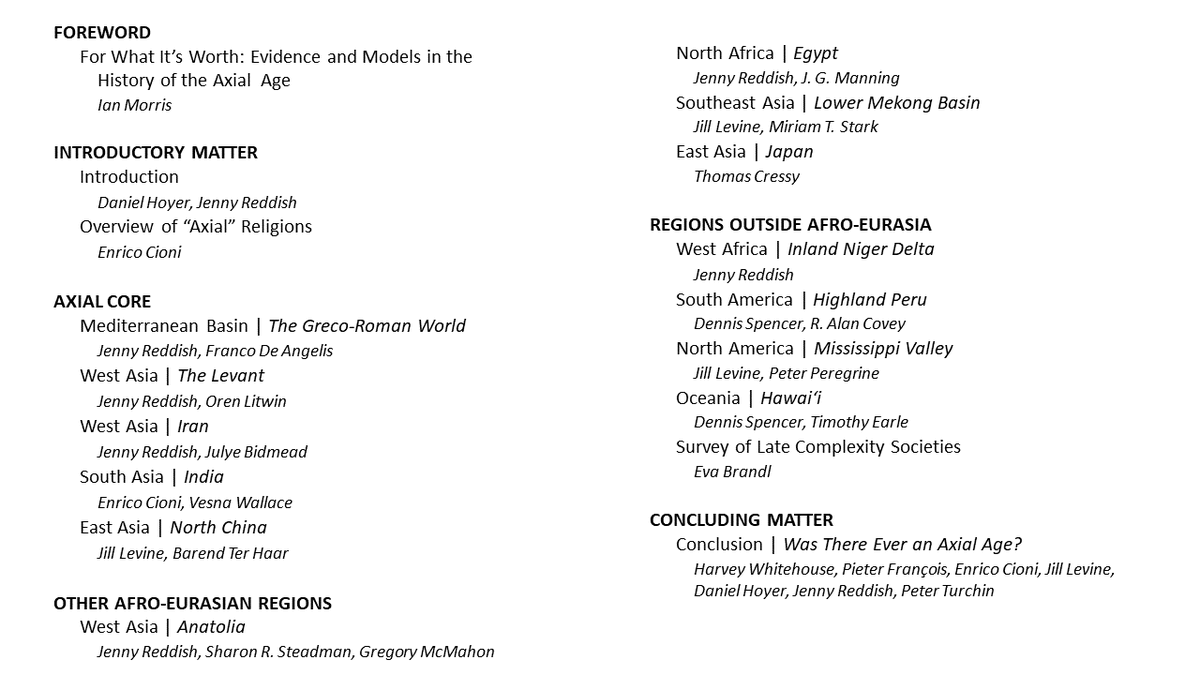


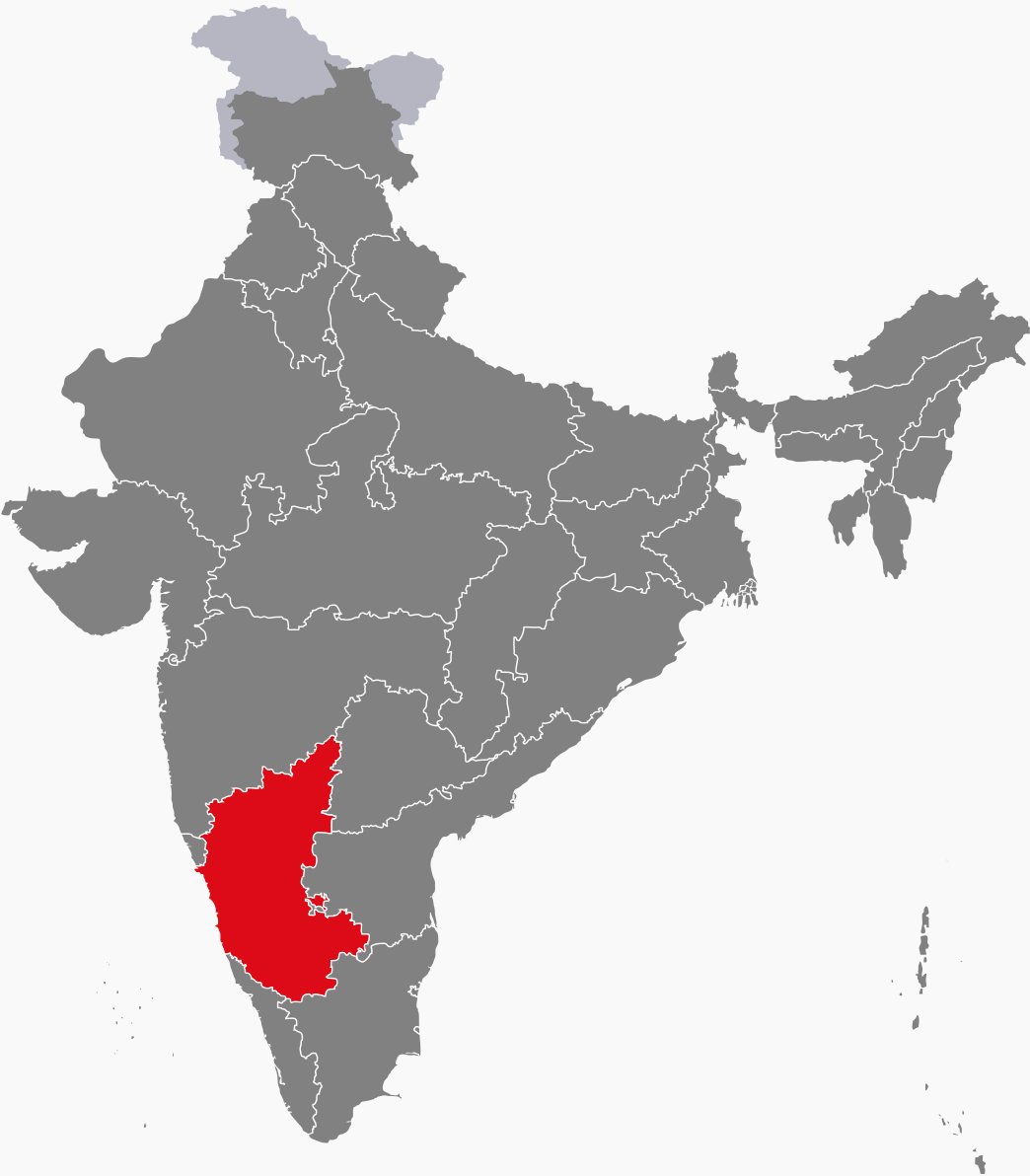
 Jinasena, a Jain Acharya (head monastic) at the court of Amoghavarsha Rashtrakuta, India, wrote the ADIPURANA, a poem about rulership informed by Jain ethics. (2/7) #Seshat (Pictured: sculpture of Acharya KundaKunda, Karnataka)
Jinasena, a Jain Acharya (head monastic) at the court of Amoghavarsha Rashtrakuta, India, wrote the ADIPURANA, a poem about rulership informed by Jain ethics. (2/7) #Seshat (Pictured: sculpture of Acharya KundaKunda, Karnataka) 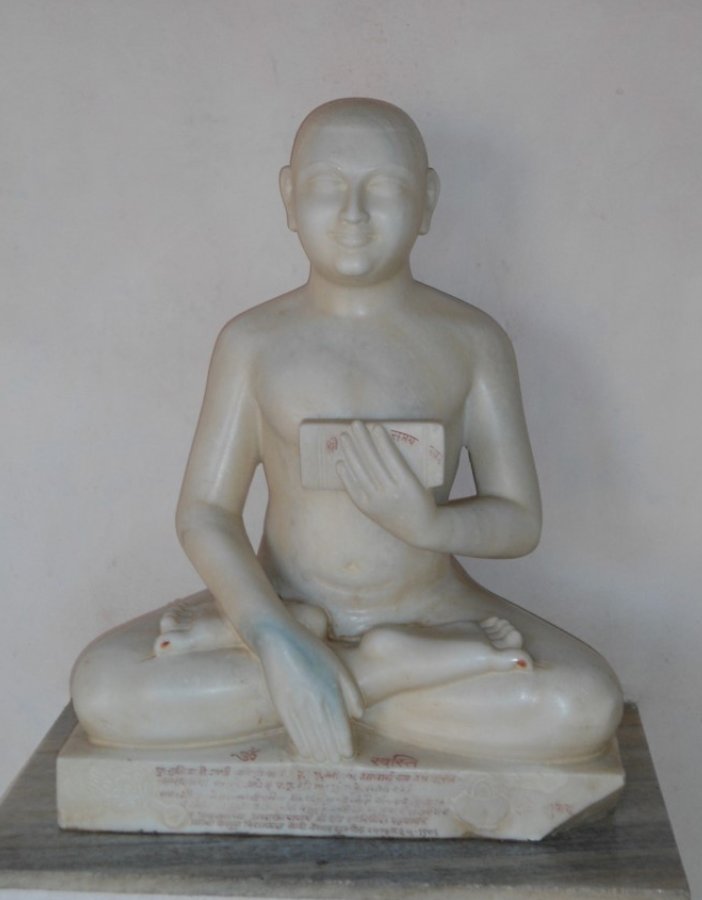
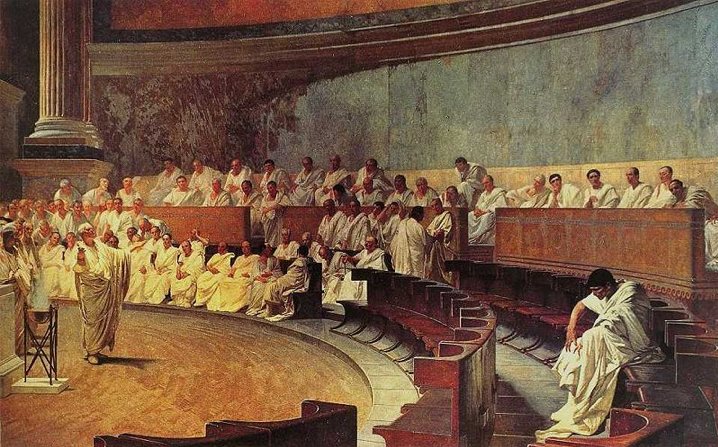
 The roots of the Chinese imperial examination system go to the Qin Dynasty (225-207 BCE), and a crude system with a yearly exam was in place in the Han period (202 BCE-219CE). #Seshat seshatdatabank.info/data/polities/…* (2/9)
The roots of the Chinese imperial examination system go to the Qin Dynasty (225-207 BCE), and a crude system with a yearly exam was in place in the Han period (202 BCE-219CE). #Seshat seshatdatabank.info/data/polities/…* (2/9) 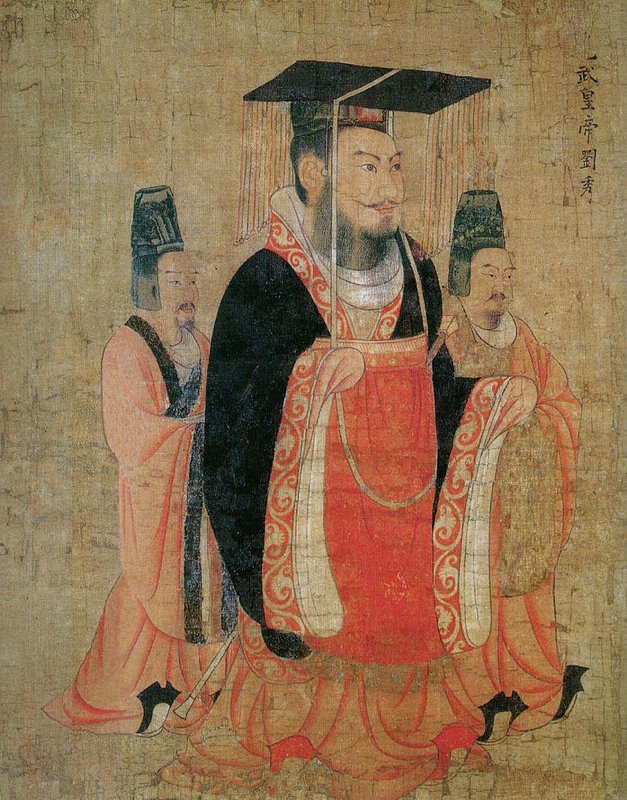

 Ancient Mesoamerican civilizations wrote using hieroglyphs. In Oaxaca, the Zapotec writing system dates back to 600 BCE. Archaeologists have found about 350 inscribed stones dating to Monte Alban I and II (500 BCE-199 CE) seshatdatabank.info/data/polities/…. #Seshat (2/9)
Ancient Mesoamerican civilizations wrote using hieroglyphs. In Oaxaca, the Zapotec writing system dates back to 600 BCE. Archaeologists have found about 350 inscribed stones dating to Monte Alban I and II (500 BCE-199 CE) seshatdatabank.info/data/polities/…. #Seshat (2/9) 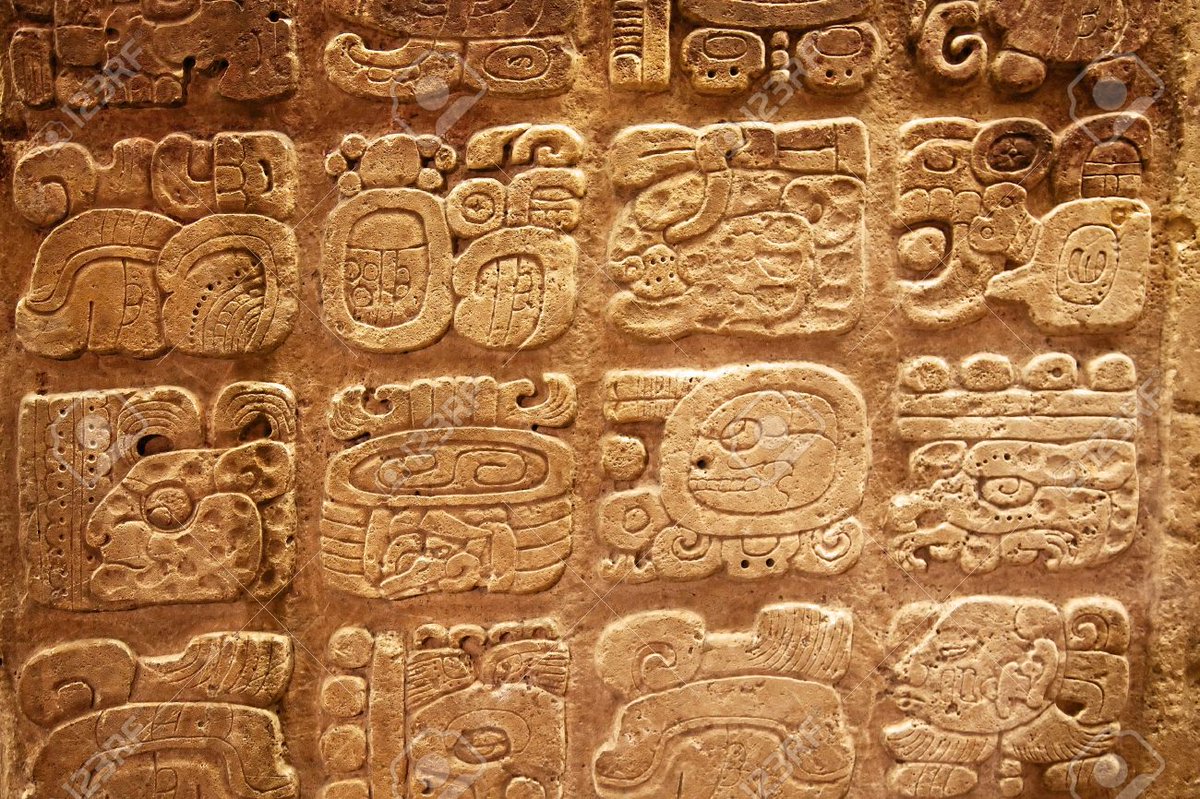

 Serene Oxus Lady also known as Ligabue Venus. Green steatite, cream calcite. BMAC (Bactria–Margiana Archaeological Complex). Late 3rd -mid 2nd millenium BC. @ligabuefoundation #Seshat
Serene Oxus Lady also known as Ligabue Venus. Green steatite, cream calcite. BMAC (Bactria–Margiana Archaeological Complex). Late 3rd -mid 2nd millenium BC. @ligabuefoundation #Seshat 
